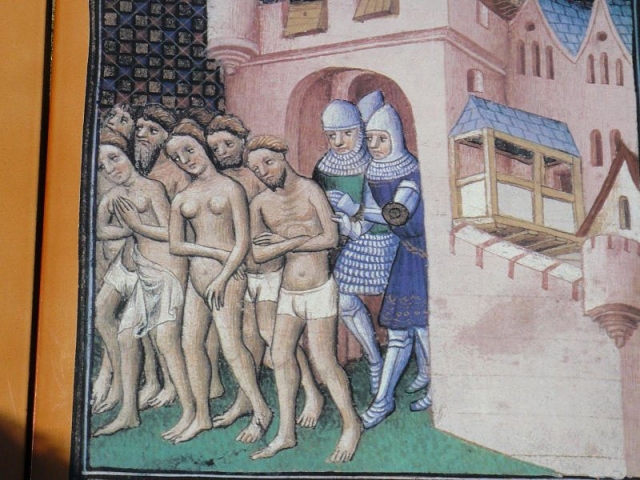Cathars and Castles in Medieval France
Historian article

Almost exactly 800 years ago, in September 1213, a decisive battle was fought at Muret, about ten miles south-west of Toulouse. King Peter II of Aragon, fighting with southern allies from Toulouse and elsewhere, faced an army largely made up of northern French crusaders who had invaded the region at the request of Pope Innocent III to rid it of heretics. Even though his army was larger, Peter was unexpectedly defeated by the rival commander Simon de Montfort (father of the Simon famous in English history a generation later) and died on the battlefield.
What led to these extraordinary events? The train of causes began at least fifty years earlier, as a more centralised and legalistic Church worked to standardize forms of Christian observance across western Europe. Many accepted or adapted to this change, but not all. Opposition sometimes came from high-level political disputes, like that between King Henry II and Thomas Becket, sometimes from more local non co-operation with the clerical apparatus of tithes and courts. Across much of the south of France, clerical leaders, or at least those without strong connections to the nobility, began to argue that this resistance was driven by unorthodox beliefs: that is, heresy...
This resource is FREE for Student HA Members.
Non HA Members can get instant access for £2.75

